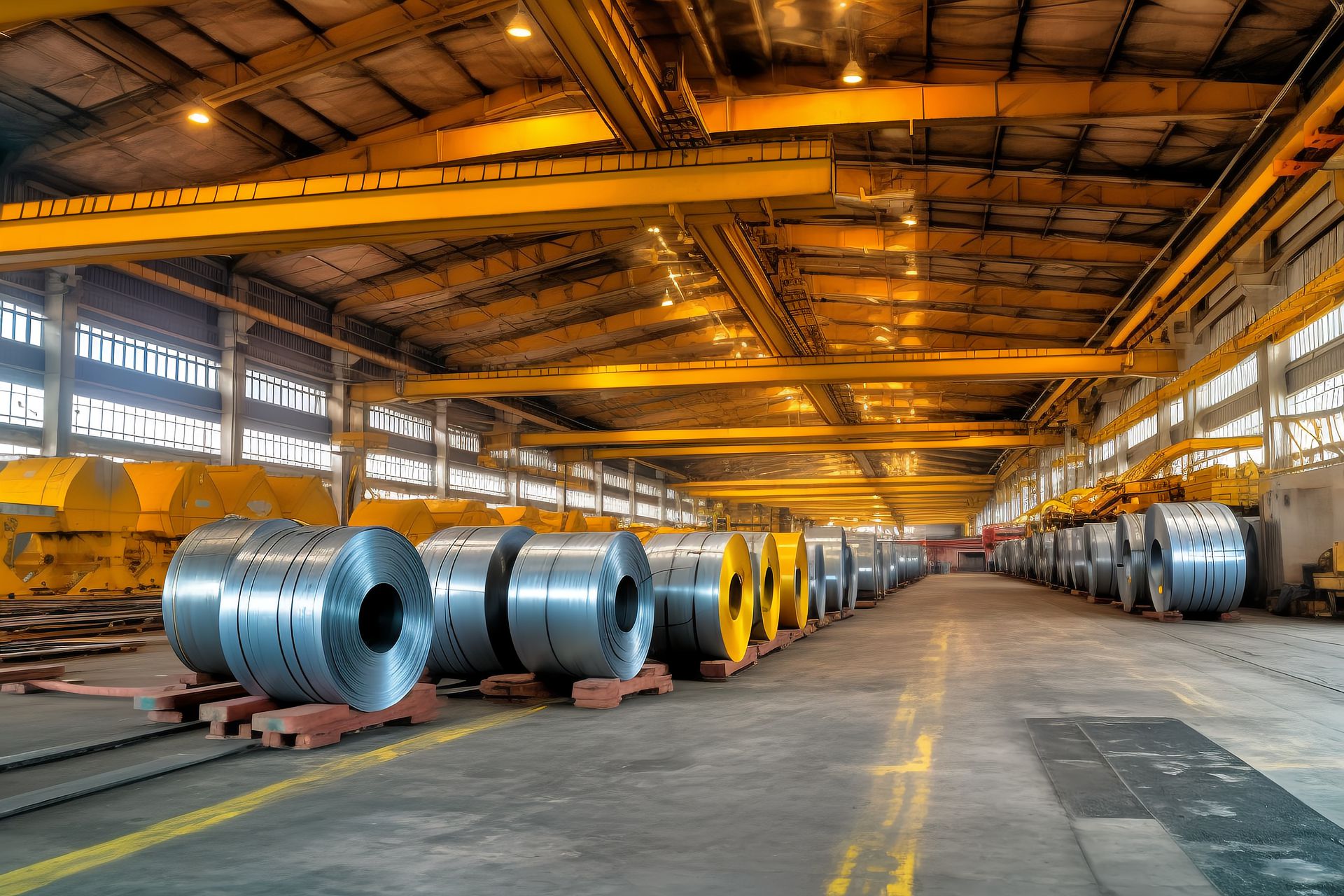Low alloy steel is a steel with low carbon content and appropriate alloying elements added.

The following is a brief description of the properties of Q345A, Q345B, Q345C, Q345D, Q345E steel:
- Q345A steel: Low strength and good plasticity, suitable for general structural use.
- Q345B steel: High yield strength and good cold bending properties, suitable for bridge, construction and mechanical manufacturing.
- Q345C steel: With higher yield strength and good corrosion resistance, suitable for special environments such as chemical equipment and Marine engineering.
- Q345D steel: With high strength and toughness, suitable for pressure vessels and high-strength structures and other demanding fields.
- Q345E steel: with high impact toughness and low temperature performance, suitable for structural components in low temperature working environment.
Contrast 16Mn
Q345 steel is the old number of 12MnV, 14MnNb, 18Nb, 16MnRE, 16Mn and other steel replacement, rather than only replace 16Mn steel a material. In terms of chemical composition, 16Mn and Q345 are also different.
More importantly, there is a big difference in the thickness grouping size of the two kinds of steel according to the different yield strength, which will inevitably cause the allowable stress of some thickness materials to change. Therefore, it is not appropriate to simply apply the allowable stress of 16Mn steel to Q345 steel, and the allowable stress should be re-determined according to the new steel thickness group size.
The proportion of main elements of Q345 steel is basically the same as that of 16Mn steel. The difference is that V, Ti and Nb trace alloy elements are added. A small amount of V, Ti, Nb alloy elements can refine the grain, greatly improve the toughness of steel, and the comprehensive mechanical properties of steel have been greatly improved.
Because of this, the thickness of the steel plate can be made larger. Therefore, the comprehensive mechanical properties of Q345 steel should be better than 16Mn steel, especially its low temperature performance is not available in 16Mn steel. The allowable stress of Q345 steel is slightly higher than that of 16Mn steel.
Performance Comparison
Q345D seamless pipe mechanical properties:
Tensile strength: 490-675 Yield strength: ≥345 Elongation: ≥22
Q345B seamless pipe mechanical properties:
Tensile strength: 490-675 Yield strength: ≥345 Elongation: ≥21
Q345A seamless pipe mechanical properties:
Tensile strength: 490-675 Yield strength: ≥345 Elongation: ≥21
Q345C seamless pipe mechanical properties:
Tensile strength: 490-675 Yield strength: ≥345 Elongation: ≥22
Q345E seamless pipe mechanical properties:
Tensile strength: 490-675 Yield strength: ≥345 Elongation: ≥22
Material Introduction
The chemical composition of Q345 is as follows (%) :
| Element | C | Mn | Si | P | S | Al | V | Nb | Ti |
| Content |
≤0.2 | 1.0~1.6 |
≤0.55 |
≤0.035 |
≤0.035
|
≤0.015 |
0.02~0.15 |
0.015~0.06 |
0.02~0.2 |
Mechanical properties of Q345C are as follows (%) :
| Mechanical performance index | Elongation (%) | The Test Temperature is 0℃ | Tensile Strength MPa | Yield Point MPa |
| Numerical Value | ≥22 | ≥34 | 470-650 | 324-259 |
When the wall thickness is between 16-35mm, σs≥325Mpa; When the wall thickness is between 35-50mm, σs≥295Mpa.
Welding Characteristics of Q345 Steel
Carbon equivalent (Ceq) calculation
Ceq=C+Mn/6+Ni/15+Cu/15+Cr/5+Mo/5+V/5
Calculated Ceq=0.49%, greater than 0.45%, it can be seen that the welding performance of Q345 steel is not very good, and strict process measures need to be developed during welding.
Q345 steel is prone to problems during welding
Hardening tendency of the heat affected zone
In the process of welding and cooling of Q345 steel, the heat affected zone is easy to form quenched structure - martensite, which increases the hardness and decreases the plasticity of the near seam zone. As a result, cracks occurred after welding.
Cold crack sensitivity
The welding cracks of Q345 steel are mainly cold cracks.
Application Field and Development Trend of Low Alloy Steel
Low alloy steel is widely used in construction, Bridges, ships, oil pipelines, machinery manufacturing and other fields. Its excellent strength, toughness and corrosion resistance make it ideal for a variety of structures and mechanical equipment. In addition, low alloy steel is also widely used in the automotive industry to improve vehicle strength and safety.
In the future, the development trend of low alloy steel will mainly focus on the following aspects:
Balance of strength and toughness: Further improve the strength and toughness of low alloy steel to meet higher engineering requirements.
Lightweight and sustainability: The development of lighter and stronger low-alloy steels to promote the lightening of vehicles and structural components, reducing energy consumption and environmental impact.
Manufacturing process improvement: Improve the production and processing technology of low alloy steel, improve production efficiency and material utilization.
Research and development of new materials: The development of new low-alloy steel materials, such as austenitic high-strength steel, high-toughness low-alloy steel, etc., to meet special needs and application requirements.
In short, low alloy steel has a wide range of application areas, and its properties and applications are constantly developing and improving. In the future, as technology advances and demand changes, low alloy steel will continue to play an important role in the engineering field and bring more innovation and progress to all walks of life.